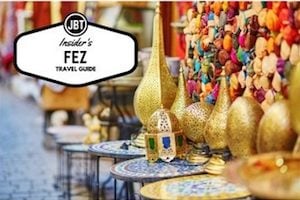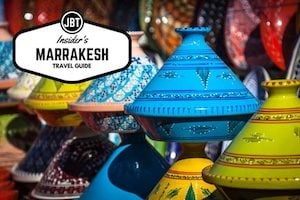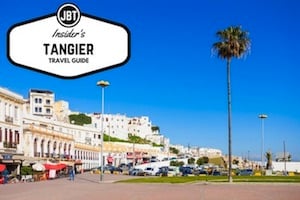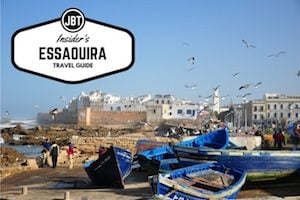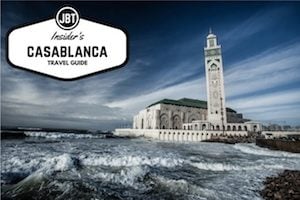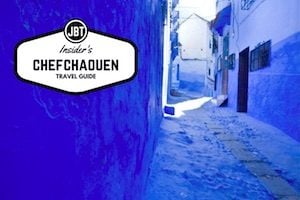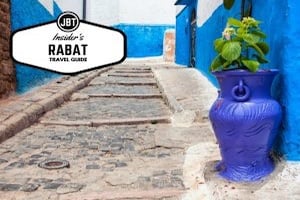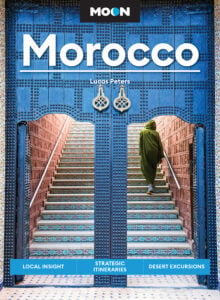Mealtime in Morocco is a worshiped treasure. There is no extensive use of utensils found at the dining table. Meals are generally consumed with the first three fingers on a predominate right hand. A piece of bread often acts as a utensil, in fact. The biggest meal customarily begins with the midday meal; but, make no mistake. There is enough food provided during this sitting to fuel the Moroccan taxi driver, police officer or street sweeper for the entire day.
When you’re on a holiday to Morocco, you’ll soon notice meals commonly get started with a set of hot and cold salads, often a plate of tuna, olives, tomatoes, lettuce, beats, diced and boiled potatoes with a side of mayo or olive oil. The second course is a delicious stew of harira and or spanish-influenced Gazpacho. The main course of the meal is typically a lamb or chicken plate with meat and vegetable couscous. An invariably end to each and every meal is mint tea. Now the average Moroccan is ready to face the day!
Moroccan cuisine is a sensual delight that ranks worldwide for sense of smell, sight and taste. One of the most beloved Moroccan dishes is couscous. Semolina grains combine with either meat or vegetable toppings and served hot is ubiquitously a Moroccan cuisine. Moroccan epicurean highlights are often a roasted chicken or lamb alongside vegetables or soaked in baked prunes. Dessert often consists of a sweet pie wrapped in a minimum of three layers of pastry crust and topped with either powdered sugar or fruit sauce.
Traditional meals are consumed at home and rarely do Moroccans dine out. When they do, there is a wealth of top-of-the-line restaurants waiting to feed hungry guests. Alongside the common lamb and chicken plates, one can choose a pastille pie dish that contains chicken or farm-raised pigeon and cinnamon wrapped in a pastry shell. Upscale, high-end dining establishments offer this sort of Moroccan cuisine in addition to foreign or European delights. For instance, in areas frequented by tourists such as Marrakech or Chefchaouen, restaurants tend to offer a more French approach to cuisine. These include steak, liver and fish dishes. For dessert, yogurt, creme caramel and fruit are available.
Prices in restaurants depend heavily on what type of establishment one is visiting. A basic meal consists of appetizer; main course; dessert and a beverage. At the low end, this can cost 80dh in Moroccan money or about £5 or $8 dollars. One level up, the same meal will cost in the neighborhood of 80dh to 150dh (£5/$8). High-end dining establishments will net a price over 150dh for this basic meal. As can be expected, the quality of the food served will be much higher than with the least expensive end of the scale. More often than not, if a tourist wants to try authentic cuisine and atmosphere, then all s/he has to do is walk another block caddy-corner to the more expensive establishments.
by Sam Mitchell

